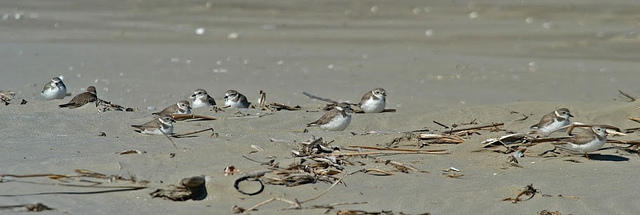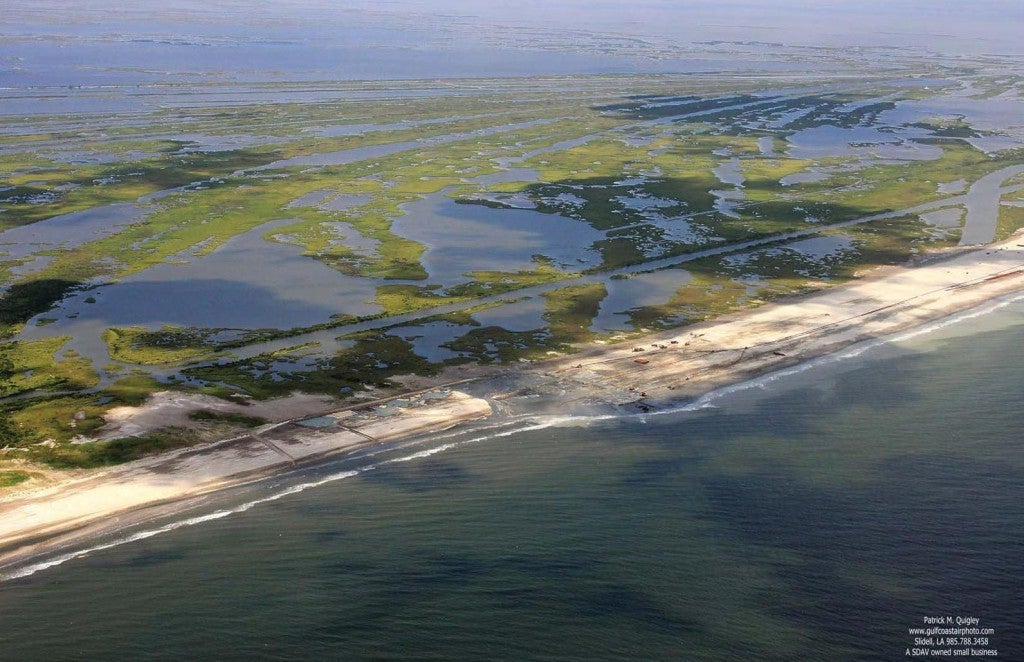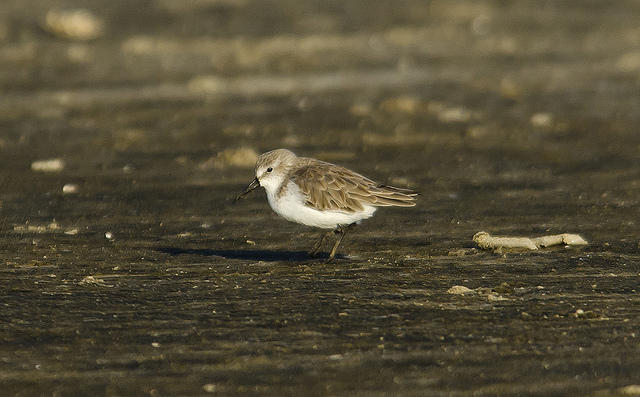Barrier Island Restoration: An Investment in Coastal LA’s Future and for Nesting Seabirds, Part 3
Our partners at Audubon Louisiana published a series of blog posts that we are cross-posting here. View the original blog post here.
As we mark the sixth anniversary of the BP oil spill this week – an event that significantly and negatively impacted Louisiana’s already disappearing barrier islands and the species that depend on them – we will examine the status of barrier island restoration. Over the coming days, we’ll publish a series of blog posts that detail what work has been done to restore Louisiana’s barrier islands, the importance of these islands to birds and humans alike, as well as Audubon Louisiana’s role before, during and after the restoration process to monitor and improve bird health on these islands and elsewhere.
Part 3: “Audubon Louisiana: A Steward of Birds through Coastal Restoration”
Audubon Louisiana is deeply involved in monitoring and improving the health of bird populations across the state. Nowhere is this more important than on barrier islands, which provide critical habitat for many bird species as we’ve detailed in previous blog posts.
The restoration of larger barrier islands closer to shore, like Whiskey Island, Scofield Island and many others, raises questions regarding the nesting success of seabirds, if one follows basic tenets of Island Biogeography Theory. An important question that Audubon Louisiana is seeking to understand is how many more fledglings are produced on a given island after restoration compared to before. It is possible that overall nesting success could decrease after restoration, because a larger (restored) island might support more predators, causing seabirds to be less successful. However, if there are more seabirds nesting on restored islands, might the total number of chicks fledged could still be a net increase? What do we do if not?
Audubon is monitoring beach-nesting birds on Grand Isle and the Caminada Headland to answer some of these questions for Least Terns and Wilson’s Plovers. After protecting certain nesting areas from human disturbance, in which volunteers play an important role in preventing, we track the nesting success of birds, and determine causes of failure, such as storm surge and various predators.

Piping Plovers, Elmers Island, Louisiana Photo: Erik Johnson, Audubon Louisiana
If restored barrier islands act as refuges and havens for predators, and not nesting seabirds, what can be done to enhance seabird nesting success? The removal of predators can be expensive, challenging and unsustainable. Electric and other kinds of exclosure fencing might be feasible in certain circumstances, but is also relatively expensive, and often requires regular maintenance. A more sustainable approach might instead be to place greater emphasis on the construction of smaller offshore islands, through dredge spoil or beneficial use, particularly where land-building processes exist (such as near diversions and naturally accreting deltas).

Caminada Headlands Barrier Island Creation – The continued deterioration of Caminada headland threatens thousands of acres of wetland habitat, as well as critical infrastructure. The project creates 300 acres of back barrier intertidal marsh and nourishes 130 acres of emergent marsh behind 3.5 miles of the Caminada beach using material dredged from the Gulf of Mexico. Photo: Patrick M. Quigley, Gulf Coast Air Photo
By no means, might I suggest to reduce the emphasis on larger barrier island restoration – this has an important role in the protection of other coastal habitats and coastal human communities. Surely, barrier islands with some predators are better than no barrier islands. Considering how to maximize the efficacy of barrier islands for nesting seabirds will require an island-by-island assessment, regular surveys, and adaptive management. Each of these islands are one hurricane away from losing their predators, so a well-constructed barrier island that withstands one or more storms, might suddenly produce more birds than were produced in many multiple years leading up to that. Most seabirds are long-lived, and their ability to live and nest on the edge of the Earth gives them a chance to wait for this once-in-a-lifetime event. They take the long-term view – not all that different than Louisiana’s 50-year, $50-billion coastal restoration plan.

Western Sandpiper, Grand Isle, Louisiana Photo: Erik Johnson, Audubon Louisiana
If you would like more information on Audubon Louisiana’s Coastal Stewardship Program or would like to volunteer with one of our programs, contact Erik Johnson, Director of Bird Conservation for Audubon Louisiana, at ejohnson@audubon.org. You can also sign up here to receive the latest news, updates and volunteer information from Audubon Louisiana.